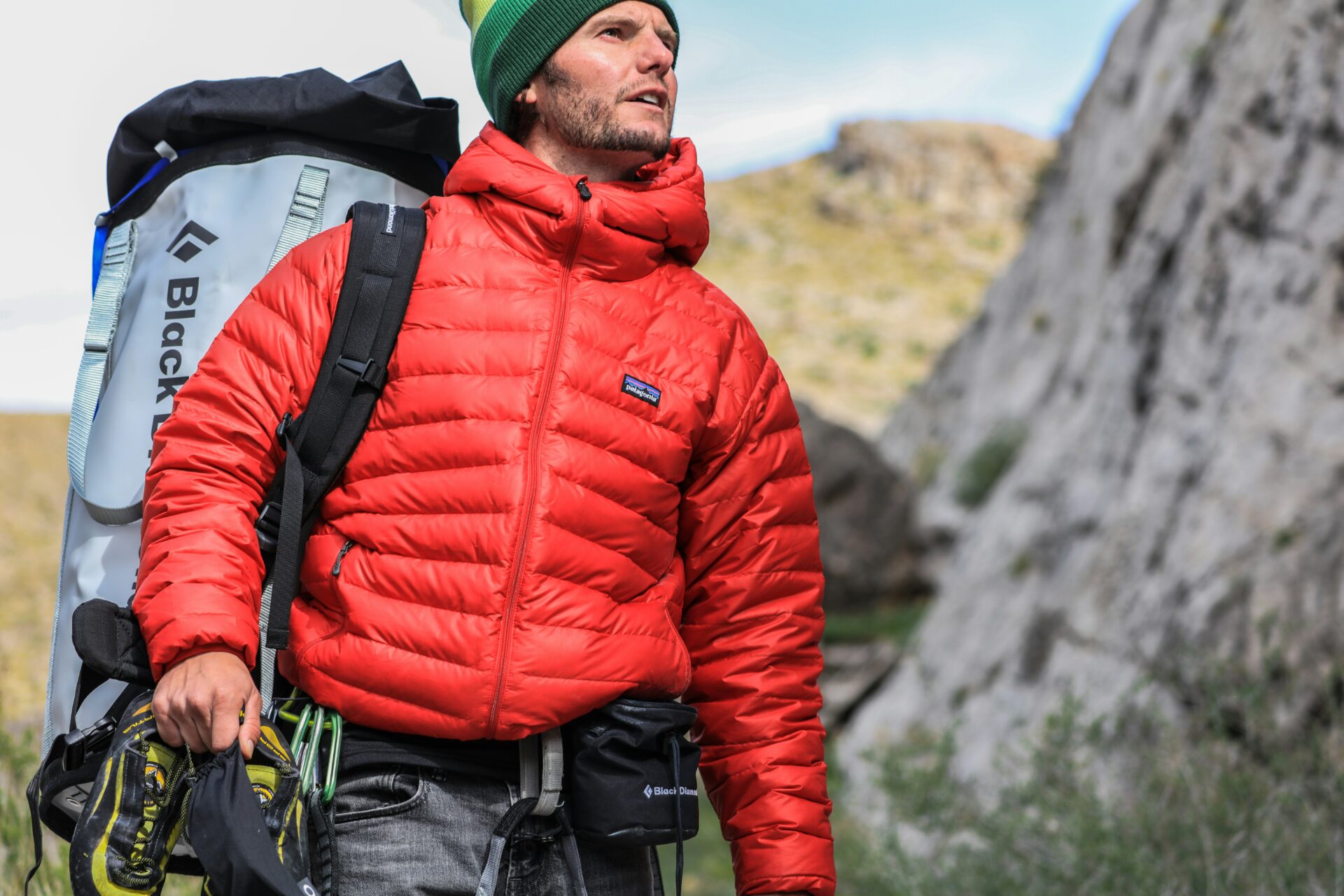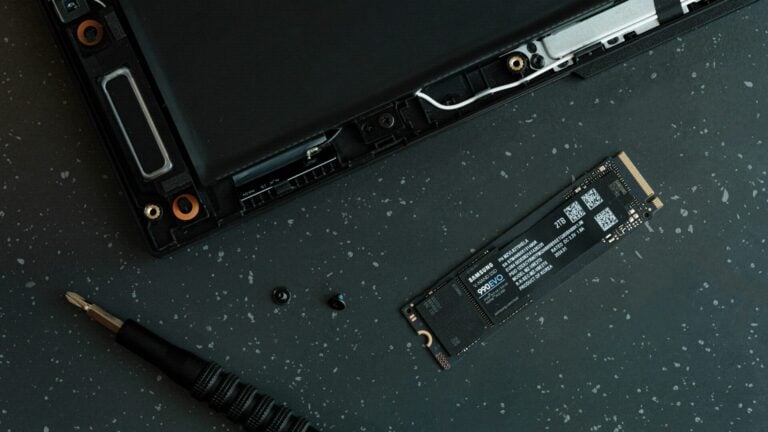The truth is that you can’t afford to not invest in sustainability.
Besides the fact that we don’t have a Planet B if it all goes south, sustainability makes financial sense. Read that again. Sustainability is a good financial investment.
A joint study over five years by McKinsey and NielsenIQ, analyzing 600,000 SKUs and 44,000 brands, found that products making ESG-related claims (environmental, social and governance) averaged 28% cumulative growth over the past five-year period, versus 20% for products that made no such claims. Overall, in two-thirds of categories, products that made ESG-related claims grew faster than those that didn’t. Furthermore, results suggested that a deeper engagement with ESG-related issues across a brand’s portfolio might enhance consumer loyalty toward the brand as a whole.
Consumers expect brands to lead the charge on environmental and social causes. Fifty-eight percent of them choose brands based on beliefs and values. And here’s the kicker: 60% are willing to pay more for sustainable products. Also, a recent study by NielsenIQ found that 78% of US consumers say a sustainable lifestyle is important to them. These are huge numbers already.
TABLE OF CONTENTS
Success stories: Brands making waves
Some businesses shine brighter than others in the sustainability sky, taking a step further to innovate and not only seeing possibilities but also tying it to their essence and purpose. Let’s dive into three such successful examples:
Patagonia’s Worn Wear
Trade in used Patagonia clothing for credit toward new items. Extend product life and reduce waste:
-
- Trade-in program: Customers can trade in their used Patagonia clothing for credit toward new items. It’s a win-win—consumers get value for their old gear, and Patagonia extends the life of those garments.
- Circular economy: By encouraging reuse, Patagonia reduces waste and minimizes the environmental impact of fashion. It’s a circular economy in action, where products keep circulating instead of ending up in landfills.
- Repair and care guides: Worn Wear provides online guides for DIY repair and care. From patching up a tear to reviving a worn-out jacket, these resources empower consumers to maintain their gear.
- Recycling: For items beyond repair, Patagonia recycles them into new materials. It’s a closed-loop system that ensures every piece of gear has a second life.

Rêve En Vert
Luxury retail platform sourcing ethical materials. Low-impact, long-lasting goods. Here’s what sets them apart:
- Ethical materials: REV’s designers prioritize organic and natural materials. From organic cotton to upcycled fabrics, they source materials with low environmental impact. Their commitment to longevity means choosing quality over quantity.
- Local and artisanal production: REV supports local artisans and small-scale production. By avoiding mass production, they reduce the carbon footprint and empower individual artisans.
- Transparency: REV is transparent about its supply chain. They verify recycled materials and ensure that less is more. Their economic policies align with protecting people and the planet.
4ocean
They are fighting the ocean plastic crisis. 4ocean removes one pound of trash from the ocean for every product sold. It’s activism through commerce:
- Bracelets with purpose: By purchasing a 4ocean bracelet, you remove 5 pounds of trash from oceans, rivers, and coastlines. It’s wearable activism.
- Global cleanup operation: 4ocean employs full-time captains and crews to recover plastic and debris seven days a week. They operate in multiple locations worldwide, from Florida to Indonesia.
- Recycled material: The 4ocean Signature Beaded Bracelet is made from recovered ocean plastic. It’s a tangible way for consumers to impact ocean health directly.
Sustainability is closely linked to innovation
Another good takeaway from the 4ocean example is the importance of taking a different approach, such as looking at waste differently. If you instead see it as a bi-product that you can find a use for, for your own business, or to sell off, then it not only reduces your waste and the costs associated with waste removal, it can become a new revenue stream for your business.
Like the UK student Lucy Hughes, who invented MarinaTex, using fish waste such as scales and red algae, creating a bioplastic that breaks down in just six weeks and is stronger than conventional plastic. Or PLAEX building systems which started creating bricks made from 90% plastic waste from various industries such as agriculture, marine, and even construction. They created modular construction blocks that are not unlike massive Lego pieces, which can be reused again and again. It’s both sustainable and innovative as the system saves time and labor costs for builders; they don’t require mortar as they interlock and can be used several times.
How to get started?
It’s a competitive landscape out there. Convenience reigns supreme; ecommerce businesses often don’t have a great sustainability rep. Behind many of these seamless transactions lies a hidden cost—the environmental footprint. Packaging waste. Carbon emissions from delivery trucks. Energy-hungry data centers all play their part.
So, where to even begin? It can quickly start to feel like something big and looming and yet another thing to add to an already long list of to-dos. It may even sound expensive.
In terms of consumer trends, the numbers are clear: they’re heading in the sustainable direction. So it’s crucial just to get started. Are there some low-hanging fruits you can start with? Maybe review your current delivery setup or add more environmentally friendly options for your customers. There are plenty of services out there to choose from. Could your boxes contain less air? What’s your customer journey looking like? Are there any gaps? Any unearthed opportunities to explore?
Another great way is to explore what current business challenges you struggle with today – could some of them be solved profitably while also being more sustainable? Don’t be afraid to innovate. Set up ideation sessions across the business. Make sure to include employees from across all departments, mixing skill sets, expertise and background. As the quote states, “Necessity is the mother of innovation.” Let this be a great driver for differentiation.
To help you get started, let’s look at some concrete strategies ecommerce businesses can adopt to get started on that path.
The consumer perspective
- Ethical brand ethos: Your brand ethos is a promise. Showcase your commitment to sustainability on the “About Us” page. Tell the story of how your products are made, the materials used, and the impact on local communities. Brands like TOMS and Allbirds have mastered this art, weaving purpose into their DNA.
- Review your product information: Do your customers have all the necessary information to make the perfect product choice? Improving your product information management can greatly help improve your customer journey and decrease the return rate.
- Eco-friendly packaging: The unboxing experience is a moment of anticipation. But what if that cardboard box could moonlight as a superhero? Opt for minimalist packaging—less waste and more delight. Brands like Apple and Glossier have nailed this. They’ve turned packaging into an art form, using recycled materials and elegant simplicity.
- Carbon offset charge: Imagine that at checkout, alongside the shipping fee, customers have the option to offset their carbon footprint. It’s like planting a virtual tree with every purchase. Companies like Shopify are integrating this feature, empowering consumers to make conscious choices.
From supply chain to checkout
- Efficient delivery: Prioritize local and urban fulfillment centers. Consolidate deliveries on circular routes. Imagine a world where your package arrives via an electric bike or a neighborhood hub. Amazon’s Prime Now service is a glimpse of this future.
- Prevent returns: Returns are costly—not just financially but environmentally. Reduce unsuccessful delivery attempts. Ship products together whenever possible. Brands like Zappos are experimenting with virtual fitting rooms to minimize returns.
- Green shipping carriers: Choose carriers committed to sustainability. DHL, for instance, is investing in electric delivery vans and biofuels. It’s a small step toward a greener logistics network.
- Sustainable sourcing: Partner with ethical suppliers. Rêve En Vert, a luxury retail platform, sources low-impact materials. Their mantra: quality over quantity, longevity over disposability.
Nudging change through tech
- Digital nudges: Google Flights now displays CO2 emissions for flight options. It’s a gentle nudge toward conscious choices. Ant Group nudges millions of consumers in China toward sustainable behavior through its Alipay app.
- Gaming for the planet: UNEP’s Playing for the Planet Alliance embeds green activations in games. Imagine if every Fortnite victory dance planted a tree. It’s gamification with a purpose.
- Algorithms with purpose: Ecommerce platforms should default to sustainable and net-zero products. Imagine an AI assistant suggesting eco-friendly alternatives. It’s not science fiction, but rather smart algorithms.
Returns require a special mention. A McKinsey Survey found that clothes on ecommerce platforms had a 25% return rate, where 70% was due to poor fit (and about 10% ended up in landfills). This is, of course, a great opportunity to also educate the consumers on the environmental effect of their returns during their experience. However there are a multitude of technical solutions existing out there that address the root cause of this challenge. Poor fit. Examples include Nike Fit app, where you get a 3D image of your foot, which helps you get a correct fit across their footwear collections. Or The Fit app, which, using your mobile, does the same for your entire body, thus helping you find clothes that are simply a fit for you.
Start by seeing sustainability as an opportunity
It may still sound daunting, like this massive unknown, which you’re neither sure what it means for you nor how to break it down into feasible steps. Several brands referenced in this article are big enterprises with, presumably, quite a bit of resources to venture into sustainability. While that may well be true, there are still quite a few things you can do to get started on your sustainability journey without too many resources needed. Evaluate your business’ purpose as well as your products and services. See sustainability as an opportunity—a possibility to revisit some old truths, to think outside that metaphorical box.
Sustainability is a fundamental shift in consumer consciousness. It’s not a trend. And ecommerce has a great opportunity to be a force for good. As consumers, we hold the power. As ecommerce professionals, we can help make a difference. At the same time, improving your business and finding new opportunities in the process.
So, let’s design, strategize, and innovate our way to a greener future. Whatever it may be, taking that first step is much better than just thinking about it. Actions speak louder than words.
In the long term, I believe that it’s key that companies incorporate sustainability into their policies and values, and into their DNA. Sustainability is not a sticker to slap on or check off your list. It’s an opportunity to do things differently. To do things better. To be the first. To simply start using greener energy in your production lines, or making the most of technological advances to improve both customer experience and employee satisfaction. Focus on a more sustainable workplace. Small steps all compound. So, while it’s great to set long-term goals to aim for, it’s equally, if not more, important to break them down into smaller concrete steps. Involve the whole company. Bring in expertise. Just get started.
How Vaimo can help
Navigating your customer journey from a sustainability perspective can be a daunting task. Whether you’re unsure where to start or want to know more about the necessary technical steps to reach your sustainability goals, we’re here to help.
We’re constantly improving the experience for our clients and their customers, and helping our clients in building more sustainable solutions is one of our priorities. Visit our Experience Design page to learn more.







